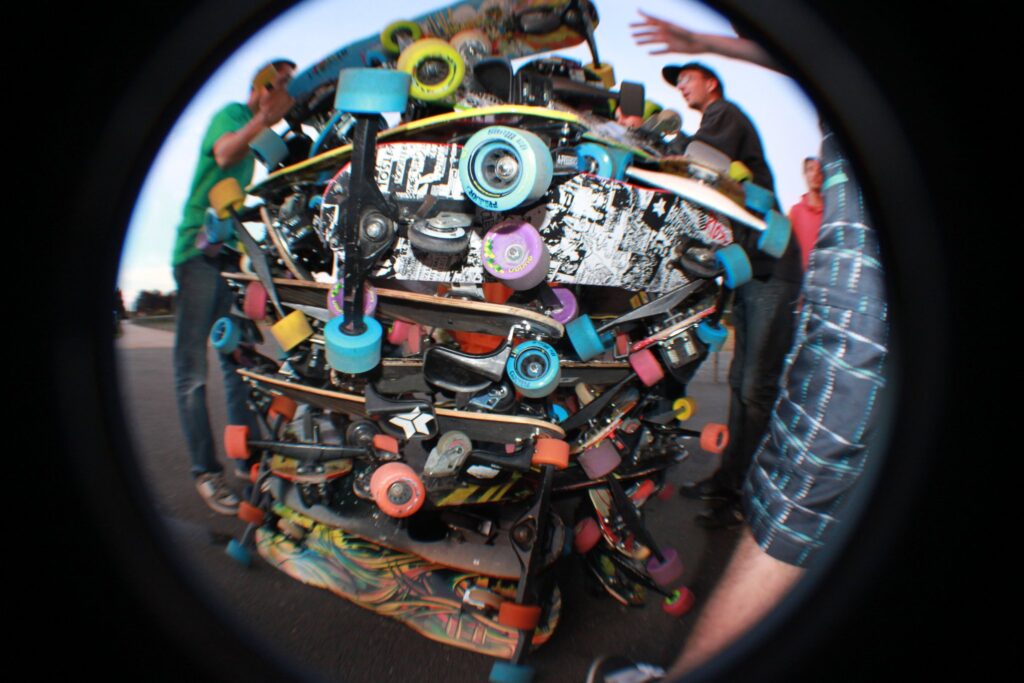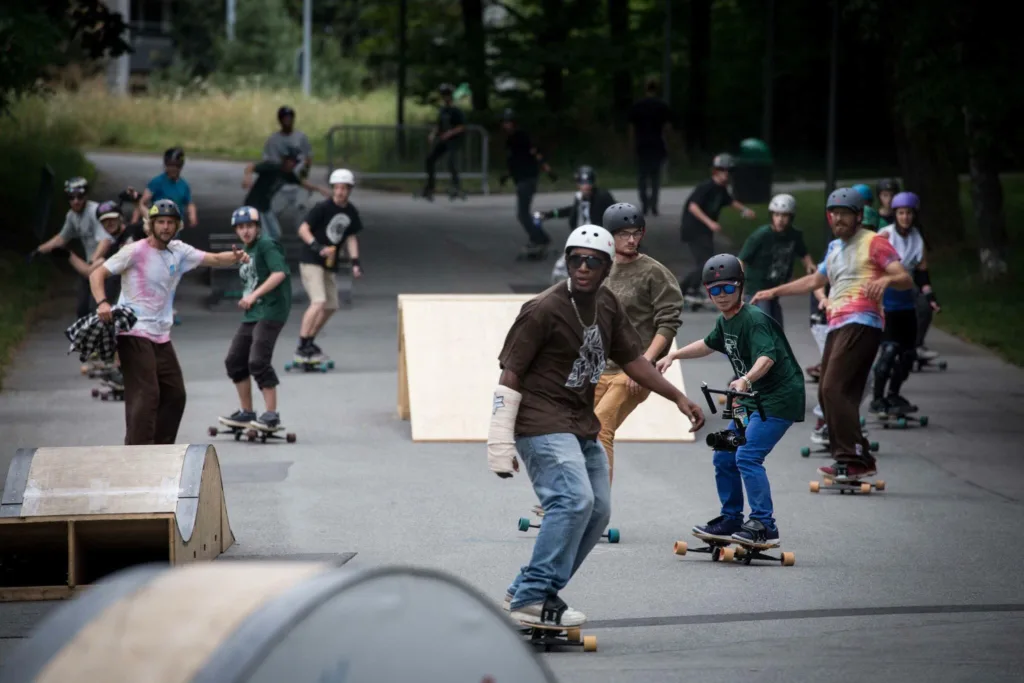How to Build a Freebord Community in Your Area
Freeboarding is more than just a sport; it’s a lifestyle and a passion that’s best enjoyed with others. A strong community not only offers support and motivation but also enhances the overall experience, turning solo rides into shared adventures. This article is your guide to creating and nurturing a thriving Freeboard community in your area, where riders of all levels can come together to ride, learn, and grow.
1. Understanding Your Local Environment
The first step in building a Freebord community is to understand the landscape of your local area.
- Gauge Local Interest: Start by identifying potential riders. Look into existing groups of skaters, snowboarders, or other board sports enthusiasts who might be interested in trying something new. Reach out through local sports shops, schools, or online forums to see who might be keen.
- Spot the Perfect Spots: Find the ideal locations for Freebording in your area. Urban hills, mountain roads, or even large parking structures can offer great opportunities for riding. The key is to identify spots that cater to both beginners and advanced riders to ensure everyone can participate.

2. Building Your Core Group
Once you’ve gauged interest and identified riding spots, it’s time to build your core group.
- Start with Friends: Begin by inviting friends who are open to new experiences. Even if they’re not familiar with Freebording, their enthusiasm can help kickstart the group.
- Leverage Social Media: Create a Facebook group, Instagram page, or even a WhatsApp chat to bring potential riders together. Share videos, photos, and info about upcoming sessions to spark interest and keep the momentum going.
- Organize the First Meet-Up: Plan an initial meet-up or riding session. This could be a casual gathering where people can try out Freebording, learn the basics, and get to know each other. The goal is to make it fun and inclusive, setting the stage for future meet-ups.

3. Planning Regular Ride Sessions
Consistency is key to building a strong community.
- Establish a Regular Schedule: Set up weekly or bi-weekly rides so that everyone knows when and where to meet. Consistent scheduling helps to maintain interest and keeps the community active.
- Structure Your Sessions: Consider dividing the sessions into different segments. Start with warm-ups and basic skills for newcomers, then move into more advanced techniques like slides and tricks. This structure helps accommodate all skill levels and encourages progression.
- Include Social Elements: After the ride, organize a casual hangout, like grabbing a coffee or having a picnic. These social elements help build friendships and a sense of belonging within the group.

4. Hosting Special Events
To keep the community engaged, plan special events that bring everyone together.
- Invite Experienced Riders: Reach out to seasoned Freeborders or even professional riders to join your events. They can offer tips, demonstrate advanced techniques, and inspire the group.
- Collaborate with Other Board Sports Communities: Partner with skateboarding, longboarding, or snowboarding groups for joint events. These collaborations can introduce more people to Freebording and create a larger, more diverse community.

5. Promoting Your Community
Building a community is one thing; promoting it is another.
- Maximize Social Media: Share your group’s activities on social media platforms. Post photos, videos, and updates from your rides to attract more members. Encourage current members to share content too.
- Create Engaging Content: Develop tutorials, highlight reels, or vlogs showcasing your community’s talent and progress. Content that educates or entertains will draw in more viewers and potential members.
- Seek Sponsorships and Partnerships: Reach out to Freebord brands, local businesses, or sports shops for sponsorship opportunities. Sponsored events or giveaways can boost your group’s visibility and attract more participants.

6. Ensuring the Longevity of Your Community
For your community to thrive in the long term, it’s important to foster a supportive and inclusive environment.
- Encourage Mentorship: Promote a culture where experienced riders mentor newcomers. This not only helps beginners improve faster but also strengthens bonds within the group.
- Adapt and Evolve: Keep the community fresh by introducing new activities, exploring different locations, or organizing trips to Freebord-friendly spots outside your area.
- Maintain a Positive Atmosphere: Ensure that your community remains welcoming and inclusive. Address conflicts promptly and foster a spirit of camaraderie and mutual respect.
Conclusion: Freebording is Better Together
Building a Freebord community is a rewarding journey that enriches the riding experience for everyone involved. With the right approach, you can create a space where riders come together to share their passion, push their limits, and make lasting friendships. So, why wait? Start building your Freebord community today and experience the ride of a lifetime with others who share your passion.
Bonus: Useful Resources
- Join Existing Freebord Groups: Check out and join established Freebord groups on Facebook, Instagram, or Discord to get inspiration and connect with like-minded riders.
- Event Planning Checklist: Download our free event planning checklist to help you organize your first Freebord meet-up or competition.

